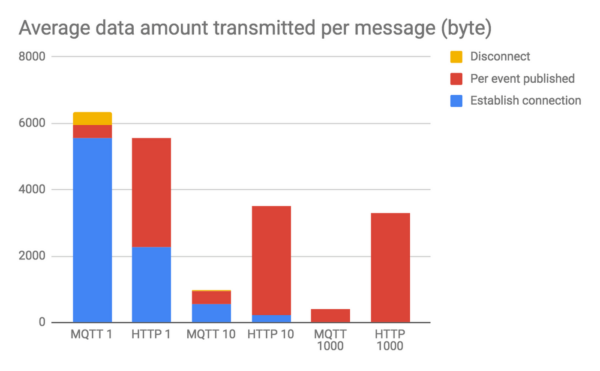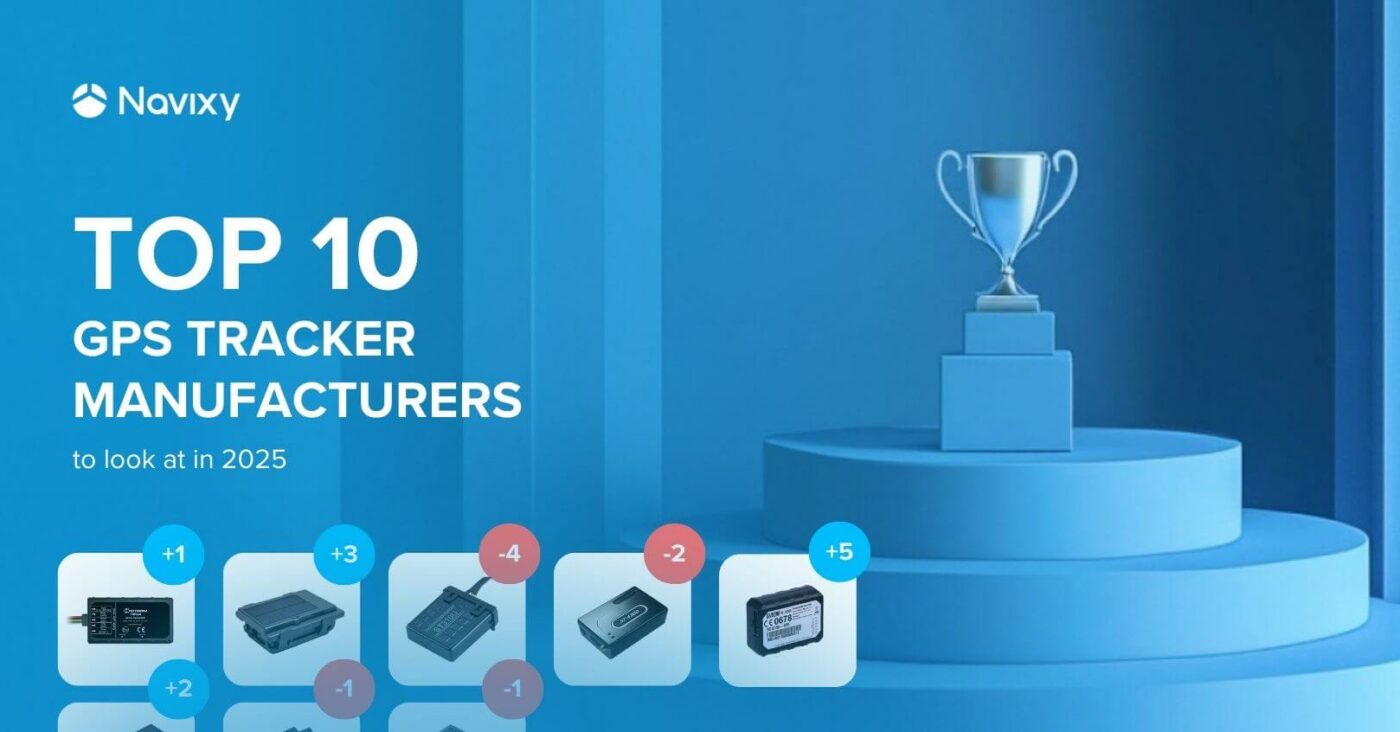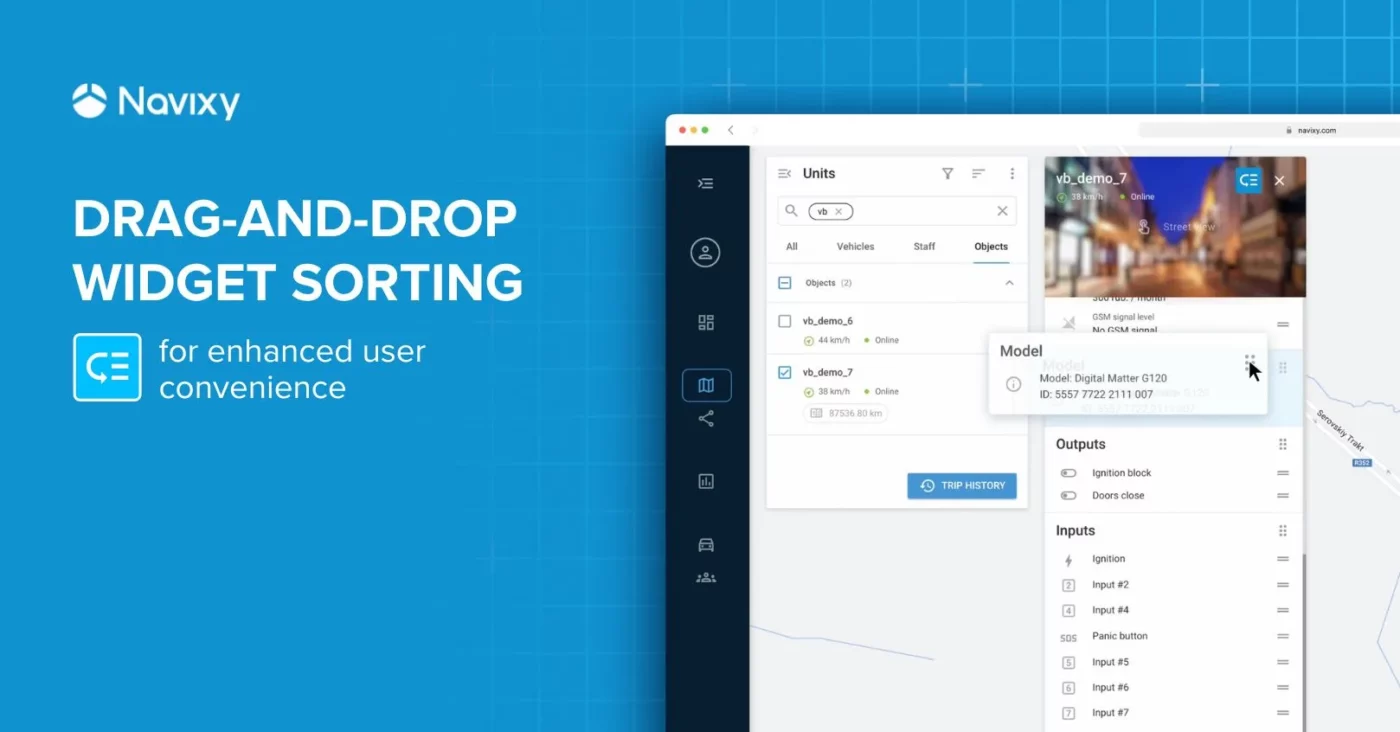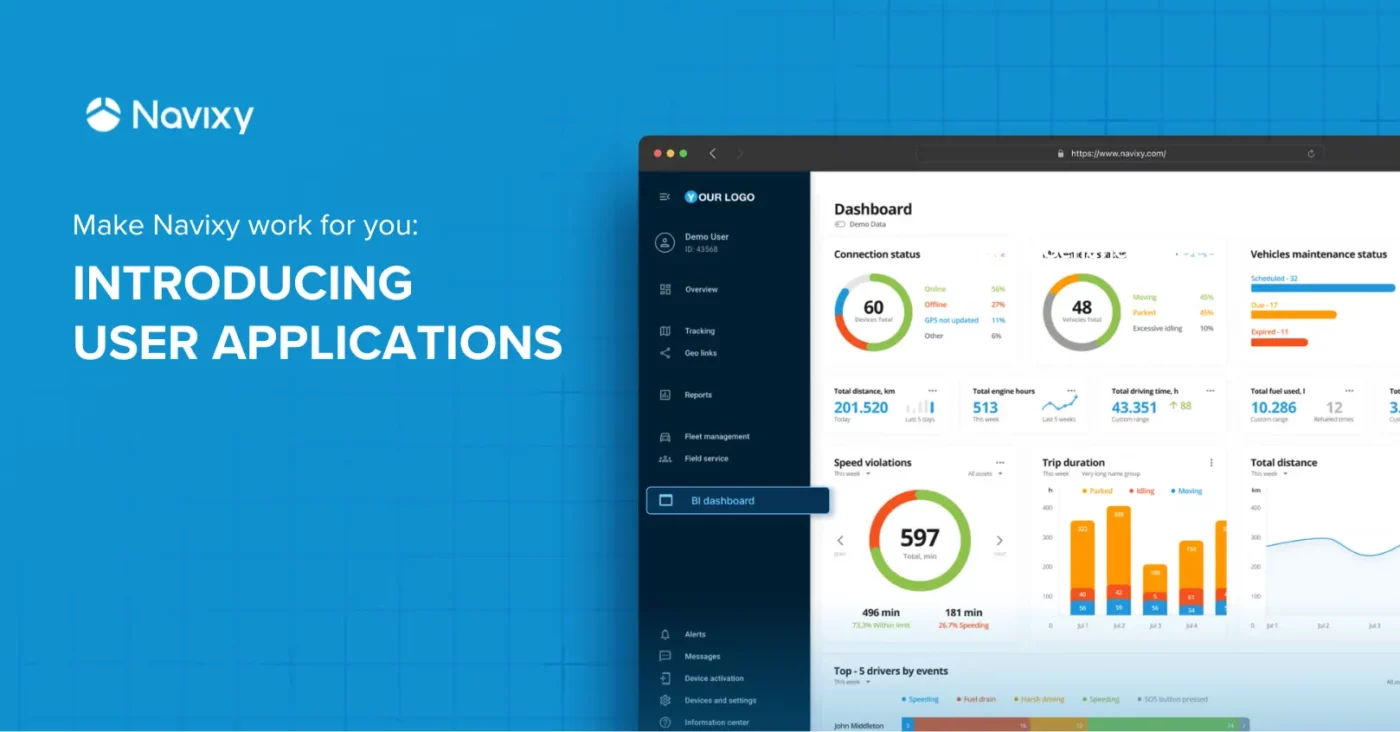IoT expansion is making the process of predicting future data usage more complex. Data can be uniform, and its amount easily predicted, or it can be varied, and differ over periods of time. Cisco estimates that IoT machine-to-machine devices will make up 51% of all network connected devices by the end of 2022. They also estimate that IoT devices generate 500 zettabytes of data a year. Yes, zettabytes, an unit equivalent to one trillion gigabytes. How much data is your IoT network generating? How much does the transmission and storage of all this data cost?
MQTT (Message Queuing Telemetry Transport) is an alternative to the popular HTTP (Hypertext Transfer protocol) network messaging protocol that runs over TCP/IP. It can send messages between millions of devices at once, and MQTT is lightweight, so it reduces needed bandwidth. Its overall use has been steadily increasing since 2014 and it is on the verge of becoming the standard messaging protocol for all IoT applications. It also has Quality of Service built in to offer great reliability. These features make it an excellent protocol to use in instances where network coverage may be limited and the size of data packets is a concern.
Massive growth in MQTT adoption across industries such as logistics, automotive, critical infrastructure, manufacturing and smart cities is expected over the next several years. The number of use-cases is extensive and should be investigated on a case-by-case basis, but as the number of IoT devices increases, regulating data consumption will become more of a priority. A poor choice in which messaging protocol to use can be costly, delay development, and derail implementations. It's a good idea to examine MQTT as a messaging protocol for all of your IoT applications.
Benefits of using MQTT protocol include:
- Increased scalability
- Publish/subscribe protocols collect more data with less bandwidth than polling protocols
- Bi-directional messaging capability
- More efficient distribution of information
- Ability to broadcast messages to many clients
- Dramatic reduction of network bandwidth consumption
- Maximization of available bandwidth
- Reduction of update-rates to seconds
- Lightweight overhead
- Permission-based security
- Suitability for remote sensing and control
- Compatibility with major cloud computing providers
- Decreased development time

The above diagram sums up the average amount of data transmitted per message for different numbers of messages transmitted over the same connection.
Navixy has developed MQTT integration for compatibility with major IoT manufacturers such as Xirgo Global, Globalmatix, and DCT. To learn more about it, visit us at Navixy/Academy. Follow us at LinkedIn/Navixy and @Navixy to receive regular updates about our ongoing MQTT series.


